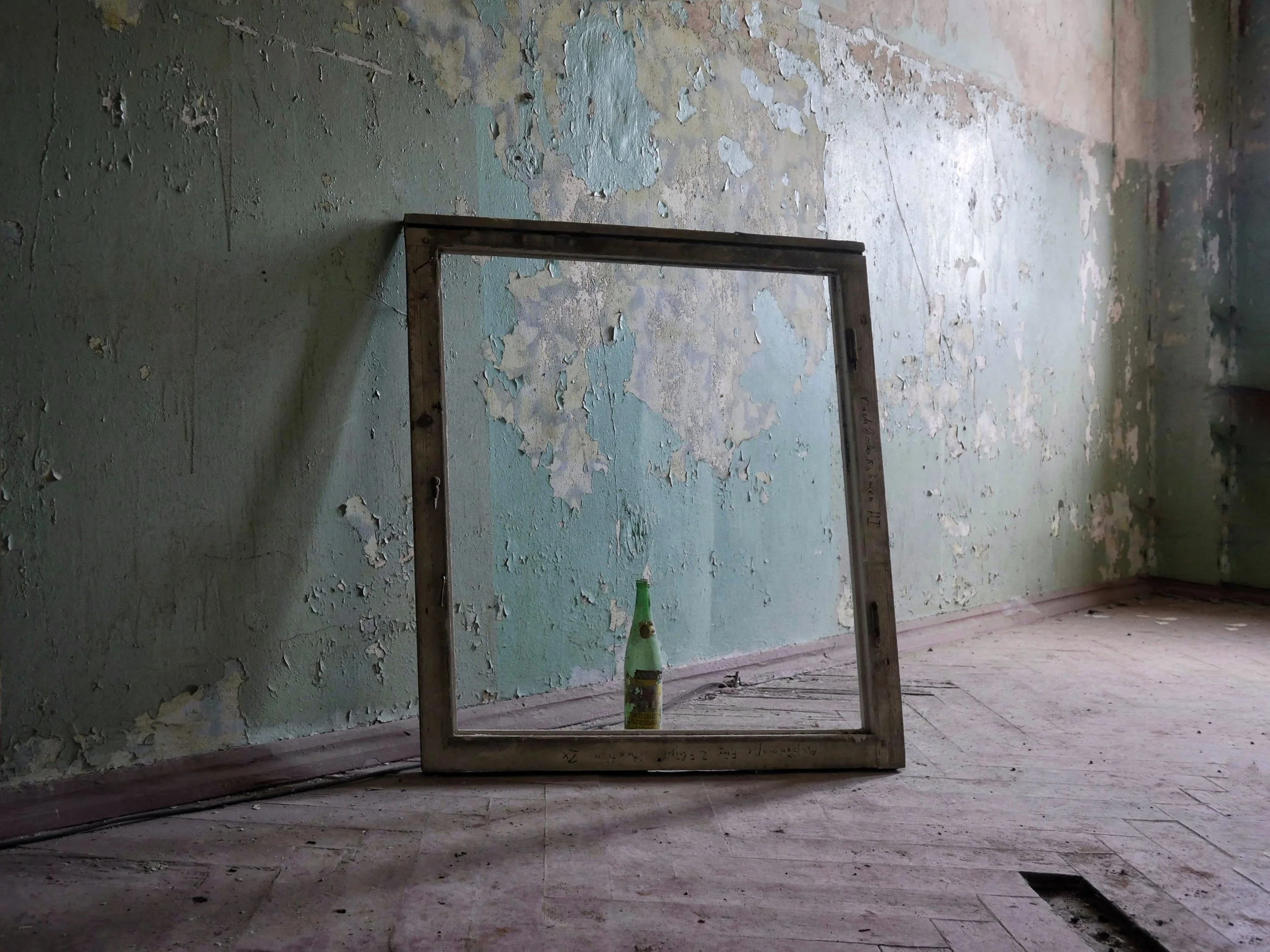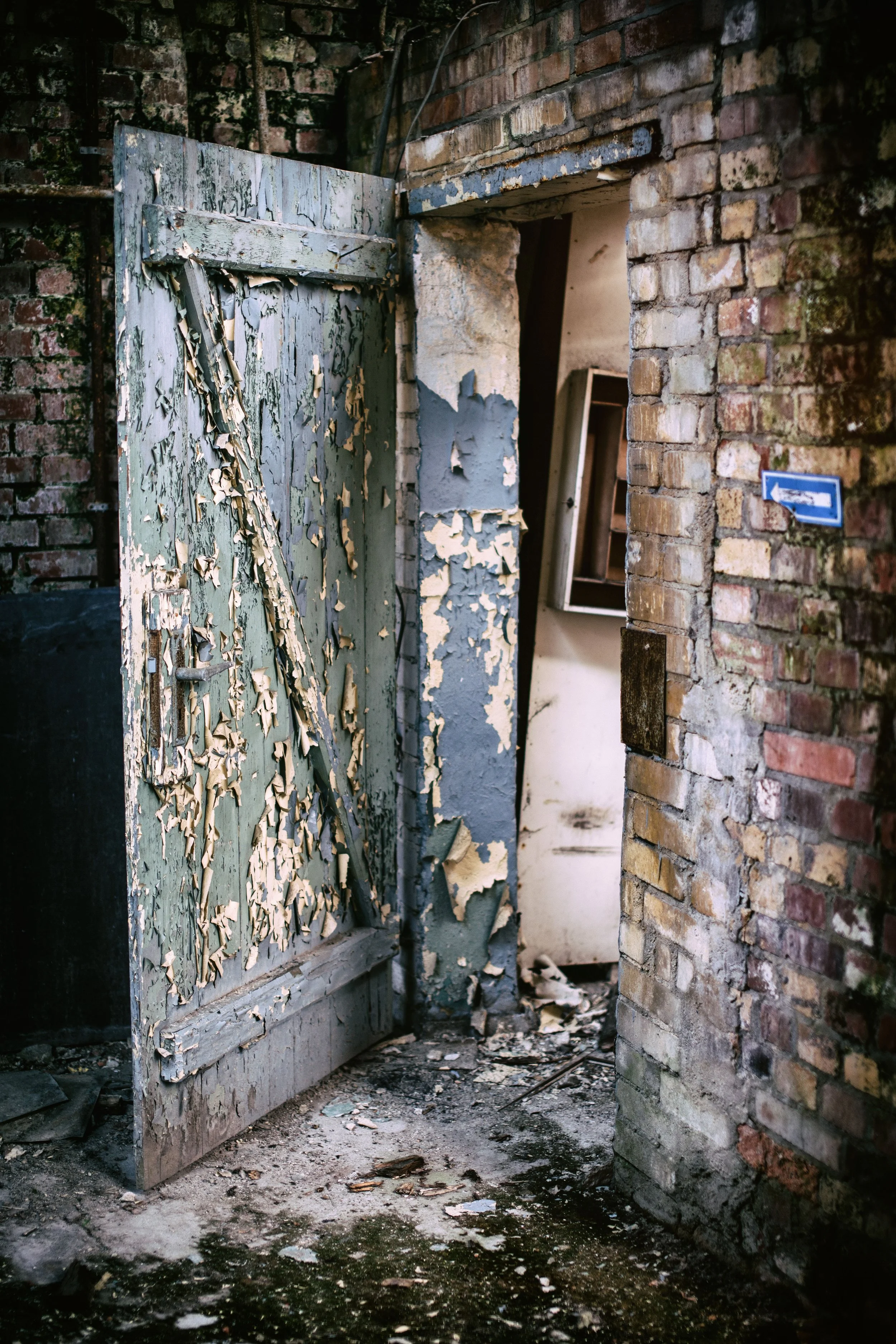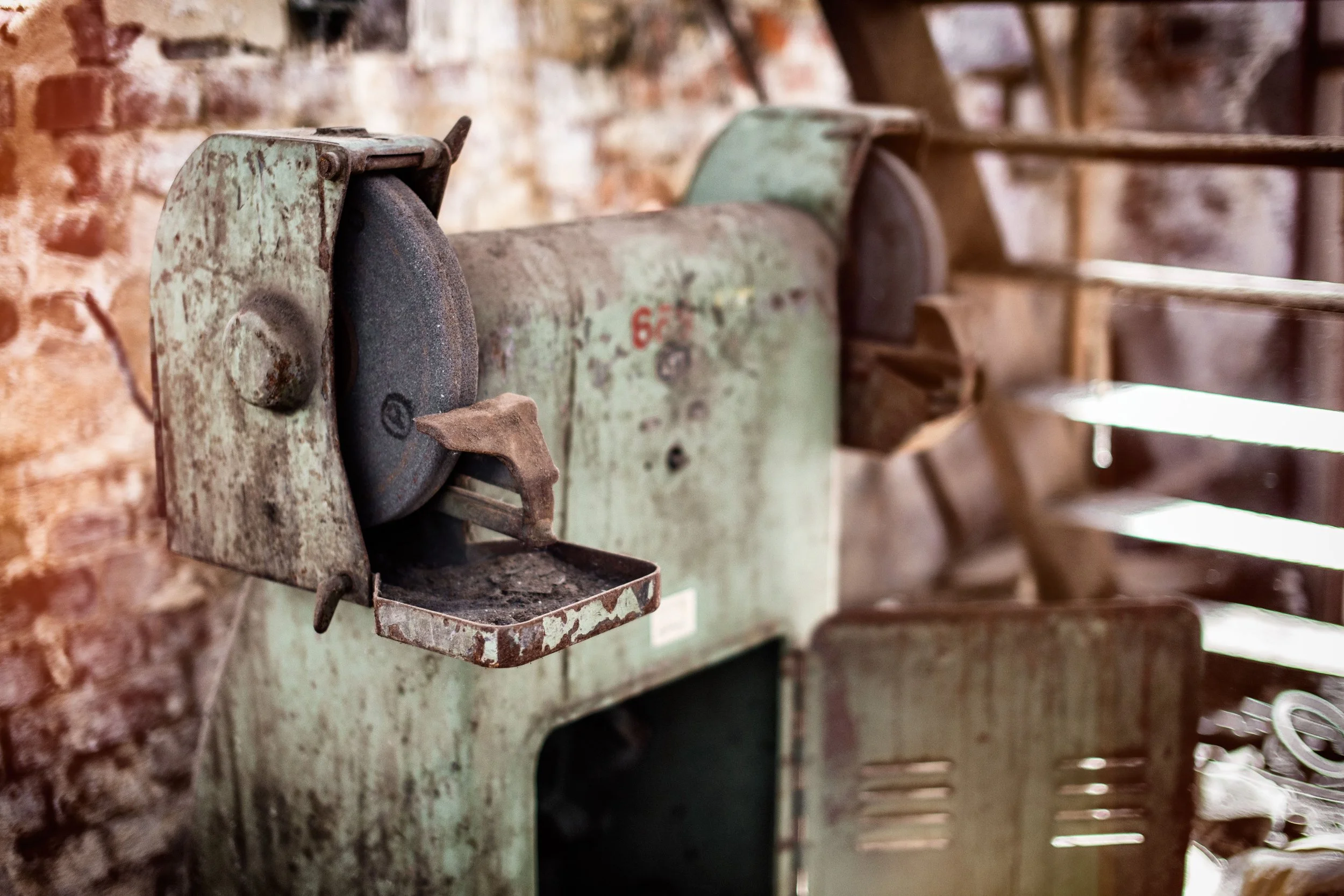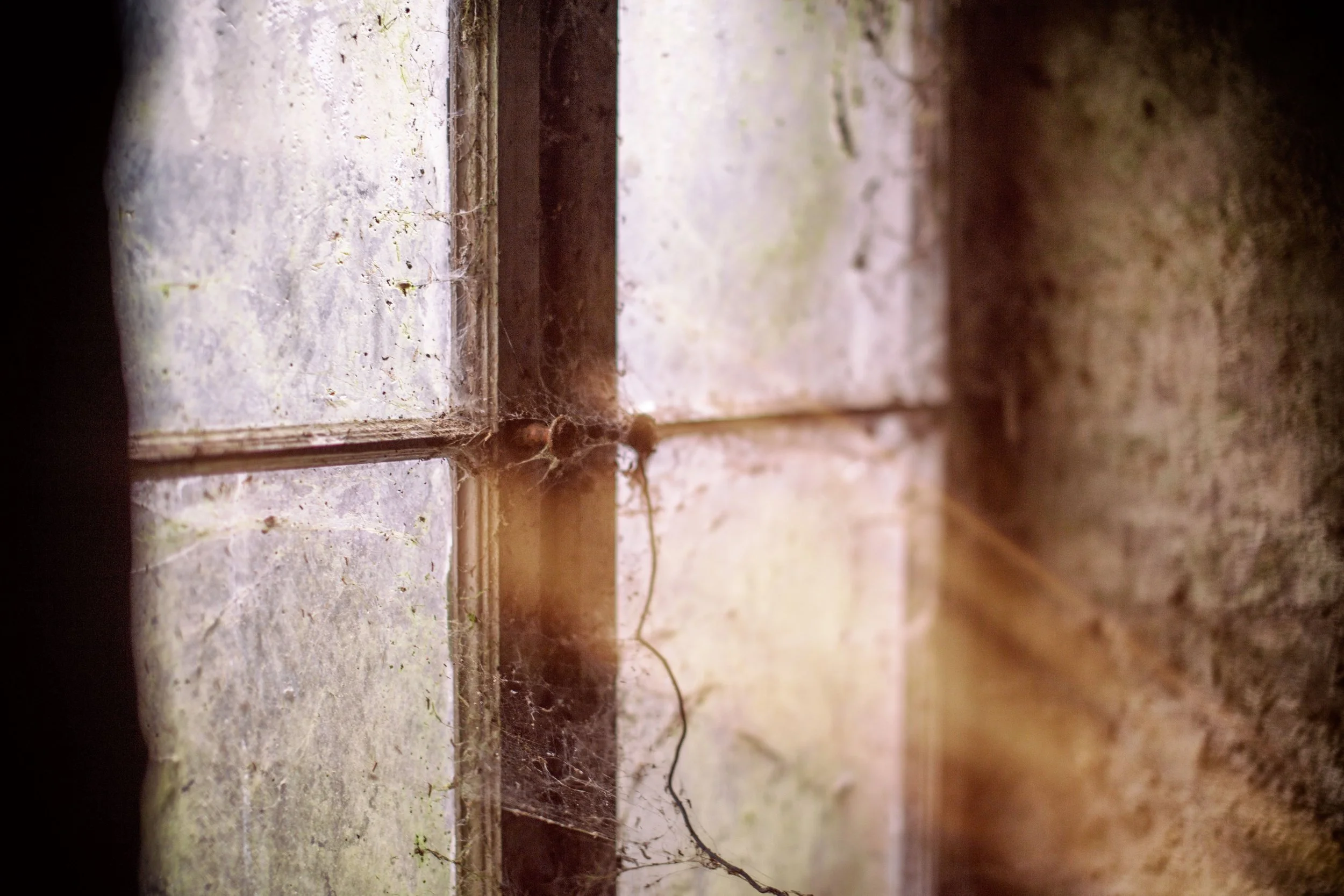Meet Caira — The Mirrorless Camera That Thinks It’s a Banana
Alright, hold your analog chemicals for a moment and grab your coffee, because something wild just hit the digital photography scene — and even my Leica M film setup twitched a little.
The New Kid on the Magnetic Block
Imagine this: a mirrorless camera with no screen. None. Zero. Instead, it magnetically connects to your iPhone via MagSafe, and together they form a kind of Frankenstein creative system. The camera body just... exists, while your iPhone does all the showing, editing, and existential thinking.
Oh, and the AI brain running it? It’s called Nano Banana — yes, really — built by a company named Camera Intelligence. Their promise: an “intelligent creative partner” that helps you shoot, edit, and generate images directly by text prompt.
(Source)
My Analog Self Is Screaming (Quietly)
“No screen”?
Wonderful. Finally, a digital camera that behaves like a film camera — except you need an iPhone just to see what you’re doing. I can already picture you strolling down the street with your camera in one hand and your iPhone magnetically clinging to it like a fridge magnet that refuses to let go.“MagSafe connection”?
So: magnets + camera + smartphone = pure trust exercise. If your phone battery dies mid-shoot, your creative partner becomes a stylish paperweight. Don’t even think about shooting in the rain unless you want to test “hydrophobic AI.”“Nano Banana does generative edits”?
That’s right — you take a photo and tell it things like “make the light golden” or “add a penguin in a tuxedo.” Boom — done. For anyone raised on 120 film and darkroom chemicals, this is either a miracle or a polite insult to patience.Who’s it for?
According to the creators: “Content creators and businesses.” Translation: people who want to shoot, edit, and post in one breath. For those of us who appreciate grain, dust, and imperfect beauty — it’s a fun concept to chuckle at from a safe distance.
Final Thoughts (with a wink)
So, my friend: if one day you decide you’ve had enough of film, developer fumes, and waiting for negatives to dry — and you’re ready to flirt with AI mid-shoot — Caira might just be your next fling.
But if you still prefer to feel the moment — light leaking gently into film stock, textures breathing through shadows — then keep your Makina 67 or Leica close and let the “Nano Banana” crowd chase their next algorithmic sunset.
Caira is basically the espresso shot of modern photography — quick, shiny, stimulating.
But if you’re more of a slow-brew analog philosopher, stick to your filter coffee and silver halides.
☕️ Brought to you by the ghost of Kodachrome — whispering softly: “Don’t trust a camera that needs a phone to think.”





